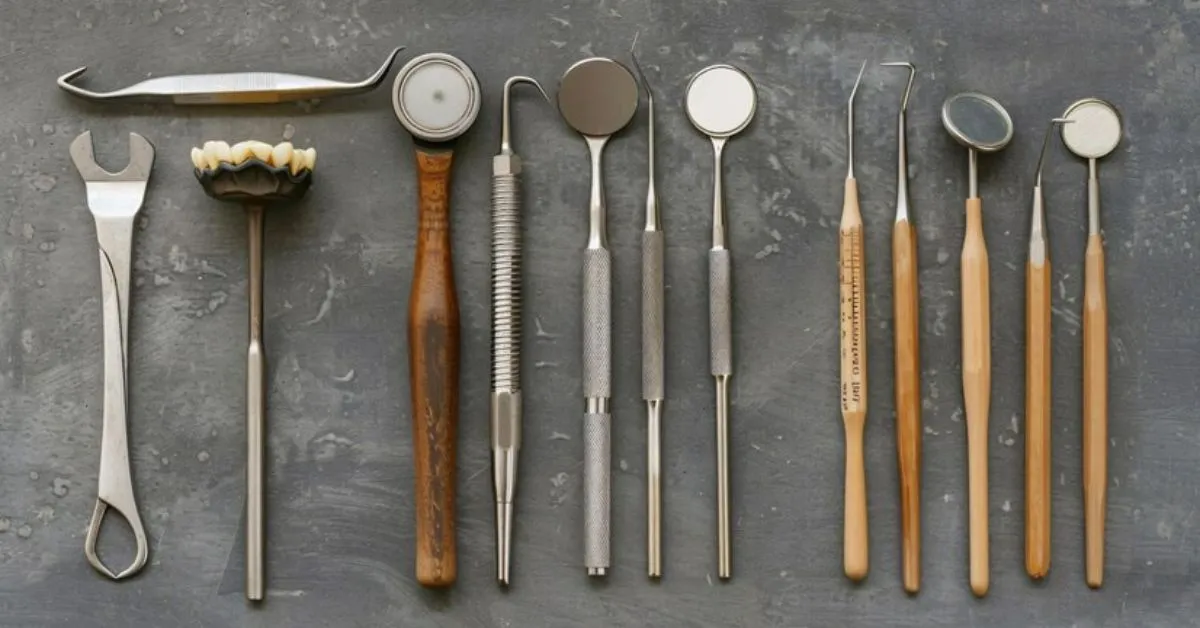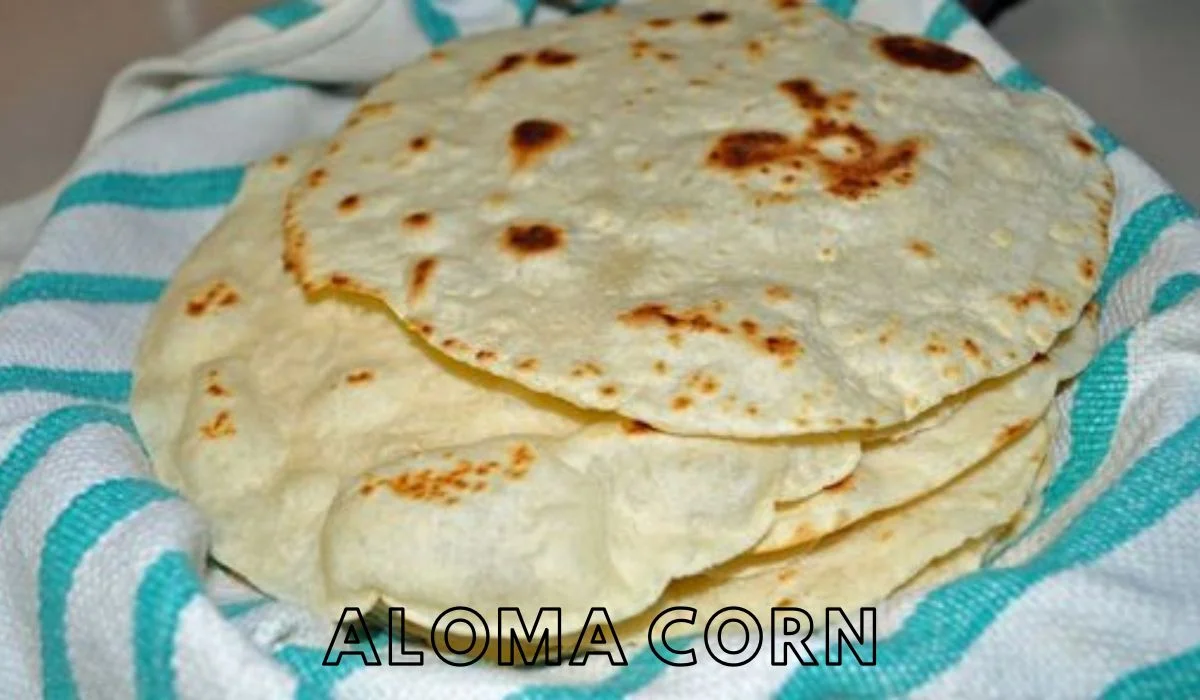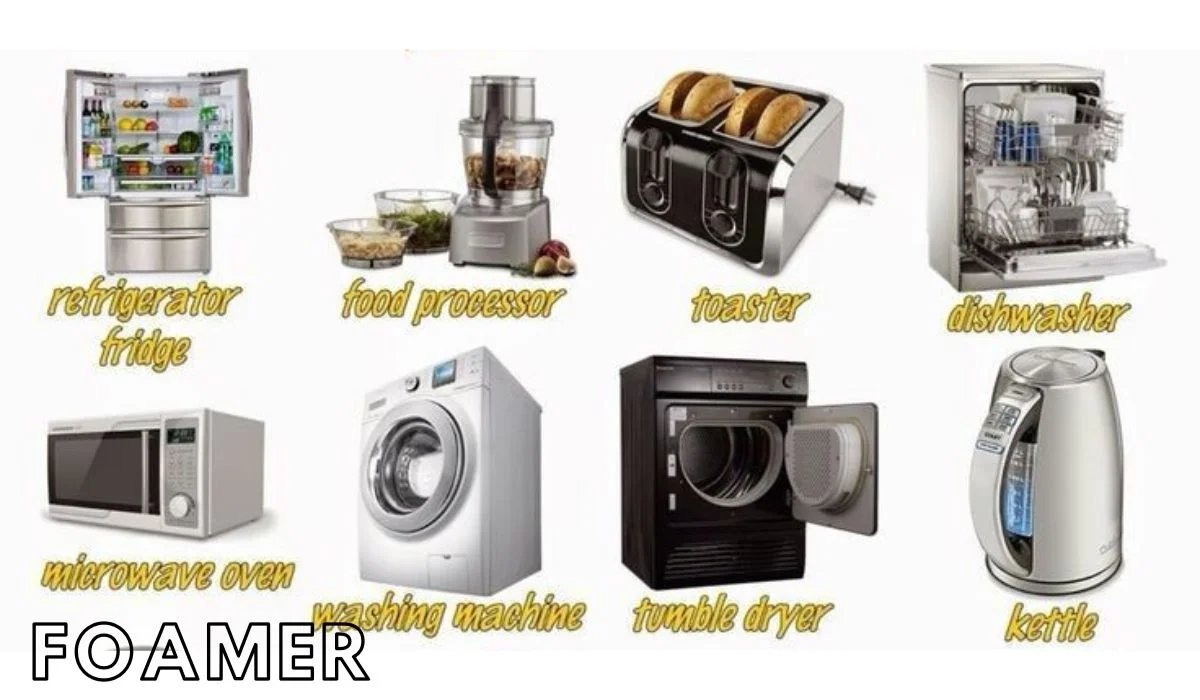Tonsil stones, or tonsilloliths, are small, calcified formations that occur in the crevices of the tonsils. They can cause discomfort, bad breath, and even throat infections. For those who frequently suffer from tonsil stones, finding effective removal tools is crucial. In this article, we’ll explore various tools for removing tonsil stones, discuss their effectiveness, and provide tips on how to use them safely. By understanding these tools, you can manage tonsil stones more effectively and maintain better oral health.
Understanding Tonsil Stones
What Are Tonsil Stones?
Tonsil stones form when debris, such as food particles, dead cells, and bacteria, become trapped in the tonsillar crypts. Over time, this debris calcifies, leading to the formation of hard stones. While they are usually small, some can grow large enough to cause significant discomfort.
Common Symptoms
Symptoms of tonsil stones include bad breath, a sore throat, difficulty swallowing, and a feeling of something being stuck in the throat. In some cases, tonsil stones can also lead to ear pain and swollen tonsils.
Causes of Tonsil Stones
Several factors contribute to the formation of tonsil stones, including poor oral hygiene, chronic tonsillitis, and large tonsils with deep crevices. Individuals who suffer from frequent sinus infections or post-nasal drip are also more prone to developing tonsil stones.
Home Remedies for Removing Tonsil Stones
Saltwater Gargles
Saltwater gargles are a simple yet effective home remedy for removing tonsil stones. By dissolving a teaspoon of salt in a glass of warm water and gargling several times a day, you can help dislodge smaller stones and reduce inflammation.
Apple Cider Vinegar
Apple cider vinegar has natural antibacterial properties that can help dissolve tonsil stones. Diluting a tablespoon of apple cider vinegar in a glass of warm water and using it as a mouthwash can be beneficial.
Lemon Juice
Lemon juice is another natural remedy that can help break down tonsil stones due to its acidic nature. Mixing lemon juice with warm water and honey can create a soothing gargle that helps in dissolving the stones.
Manual Tools for Removing Tonsil Stones
Cotton Swabs
Cotton swabs are a common tool for removing tonsil stones at home. By gently pressing on the tonsils, you can dislodge the stones. However, it’s essential to be cautious and avoid injuring the delicate tissue of the tonsils.
Dental Picks
Dental picks, particularly those with a curved tip, can be effective for reaching and removing tonsil stones. They offer more precision than cotton swabs but require careful handling to prevent injury.
Water Flossers
Water flossers, also known as oral irrigators, use a stream of water to clean between teeth and around the gums. They can also be used to dislodge tonsil stones. By directing the water jet at the tonsils, you can effectively remove stones without causing damage.
Specialized Tools for Tonsil Stone Removal
Tonsil Stone Removal Kits
Tonsil stone removal kits typically include a variety of tools, such as curved picks, cotton swabs, and lighted instruments. These kits are designed to make the removal process easier and more effective. The inclusion of a light helps you see the stones clearly, ensuring precise removal.
Tonsil Stone Extractors
Tonsil stone extractors are specialized tools with a looped or hooked end designed to grab and remove tonsil stones. These tools provide a firm grip on the stones, making it easier to extract them without causing discomfort.
Suction Devices
Suction devices for tonsil stone removal use gentle suction to dislodge and remove stones. These devices are less invasive and can be a good option for those who are uncomfortable using manual tools. They work by creating a vacuum that pulls the stones out of the tonsillar crypts.
Electronic Tools for removing Tonsil Stones
Tonsil Stone Removal Devices
Electronic tonsil stone removal devices often combine light and suction to facilitate the removal process. These devices provide better visibility and control, reducing the risk of injury. By using a built-in light, you can see the stones clearly, while the suction gently removes them.
Oral Irrigators with Specialized Tips
Some oral irrigators come with specialized tips designed for tonsil stone removal. These tips are smaller and more precise, allowing for targeted cleaning of the tonsils. Using an oral irrigator with these tips can be an effective way to dislodge and remove tonsil stones.
Ultrasonic Cleaners
Ultrasonic cleaners use high-frequency sound waves to break down tonsil stones. These devices are typically used in dental offices but are becoming more accessible for home use. By vibrating at a high frequency, they can effectively loosen and dislodge tonsil stones.
Professional Treatment Options
Laser Tonsil Cryptolysis
Laser tonsil cryptolysis is a professional treatment that uses laser energy to reduce the size of the tonsillar crypts. By shrinking these crevices, the likelihood of debris getting trapped and forming stones is minimized. This procedure is usually performed under local anesthesia and offers long-term relief from tonsil stones.
Tonsillectomy
A tonsillectomy is a surgical procedure to remove the tonsils entirely. This option is considered for individuals with chronic tonsil stones or recurrent tonsillitis. While it is a more invasive procedure, it provides a permanent solution to tonsil stones.
Coblation Cryptolysis
Coblation cryptolysis is another professional treatment that uses radiofrequency energy to ablate (remove) the tonsillar crypts. This minimally invasive procedure reduces the size of the crypts, preventing the formation of tonsil stones. It is typically performed under local anesthesia and has a shorter recovery time compared to a tonsillectomy.
Preventing Tonsil Stones
Maintaining Good Oral Hygiene
Maintaining good oral hygiene is crucial in preventing tonsil stones. Regular brushing, flossing, and using mouthwash can help reduce the buildup of debris in the mouth. It’s also essential to clean the tongue and use a tongue scraper to remove bacteria and food particles.
Staying Hydrated
Staying hydrated helps keep the mouth moist and reduces the risk of debris accumulating in the tonsillar crypts. Drinking plenty of water throughout the day can help flush out bacteria and prevent the formation of tonsil stones.
Regular Gargling
Regular gargling with saltwater or antiseptic mouthwash can help prevent tonsil stones by keeping the mouth clean and reducing bacteria. Gargling after meals can be particularly effective in preventing food particles from getting trapped in the tonsils.
When to See a Doctor
Persistent Symptoms
If you experience persistent symptoms of tonsil stones, such as bad breath, sore throat, or difficulty swallowing, it’s essential to see a doctor. While tonsil stones are usually harmless, they can sometimes indicate an underlying condition that requires medical attention.
Large Tonsil Stones
Large tonsil stones that cause significant discomfort or difficulty swallowing should be evaluated by a healthcare professional. In some cases, professional removal or treatment may be necessary to alleviate symptoms.
Recurrent Tonsil Stones
Recurrent tonsil stones can be a sign of chronic tonsillitis or other underlying issues. If you frequently develop tonsil stones, consulting with a doctor can help determine the best course of action, whether it’s professional treatment or preventive measures.
Tips for Safe Tonsil Stone Removal
Be Gentle
When using manual tools to remove tonsil stones, it’s crucial to be gentle to avoid injuring the tonsils. Applying too much pressure can cause bleeding and discomfort. Use a light touch and take breaks if needed.
Use Proper Lighting
Proper lighting is essential for safely removing tonsil stones. Using a flashlight or a tool with a built-in light can help you see the stones clearly and avoid causing injury.
Stay Calm and Patient
Removing tonsil stones can be a frustrating process, especially if they are difficult to reach. Staying calm and patient is important to avoid causing injury. If you’re having trouble, consider using a different tool or seeking professional help.
Conclusion
Tonsil stones can be a source of discomfort and frustration, but with the right tools and techniques, you can manage and remove them effectively. From simple home remedies like saltwater gargles to specialized tools like tonsil stone extractors and electronic devices, there are numerous options available. Maintaining good oral hygiene, staying hydrated, and regularly gargling can help prevent tonsil stones from forming in the first place. If you experience persistent or recurrent tonsil stones, don’t hesitate to seek professional medical advice. By understanding and utilizing the right tools for removing tonsil stones, you can maintain better oral health and enjoy a more comfortable life.
FAQs
- What are tonsil stones?
- Tonsil stones are calcified formations that develop in the crevices of the tonsils, often causing discomfort and bad breath.
- How can I prevent tonsil stones?
- Maintaining good oral hygiene, staying hydrated, and regularly gargling with saltwater or antiseptic mouthwash can help prevent tonsil stones.
- What are some effective home remedies for removing tonsil stones?
- Effective home remedies include saltwater gargles, apple cider vinegar, and lemon juice gargles.
- What professional treatments are available for tonsil stones?
- Professional treatments include laser tonsil cryptolysis, tonsillectomy, and coblation cryptolysis.
- When should I see a doctor for tonsil stones?
- You should see a doctor if you experience persistent symptoms, large tonsil stones, or recurrent tonsil stones.





16 thoughts on “Effective Tools for Removing Tonsil Stones : Comprehensive Guide”